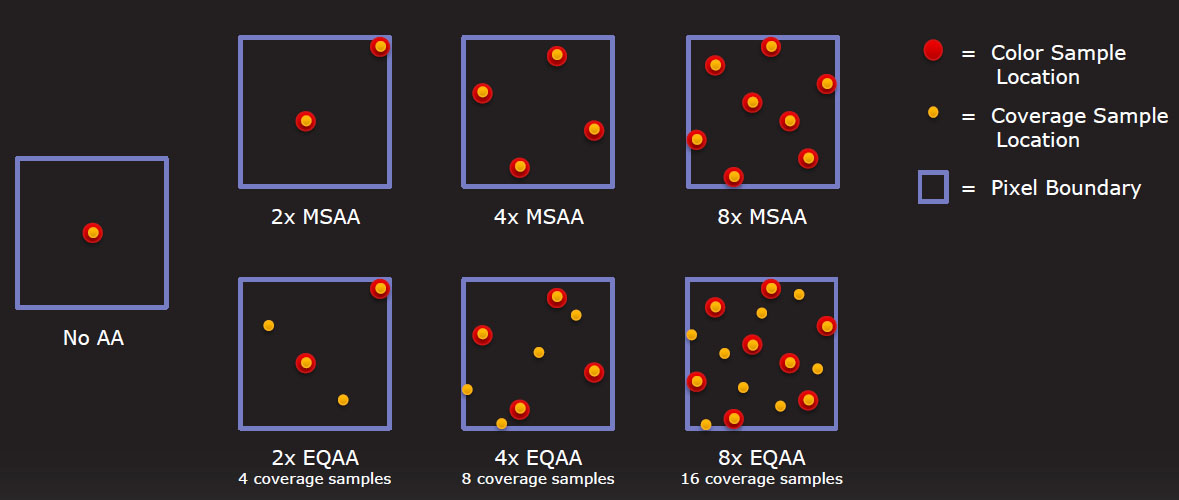Radeon HD 6970 And 6950 Review: Is Cayman A Gator Or A Crock?
Last month, Nvidia launched its GeForce GTX 580, but we told you to hold off on buying it. A week ago, Nvidia launched GeForce GTX 570 and we again said "wait." AMD's Cayman was our impetus. Were Radeon HD 6970 and 6950 worth the wait? Read on for more!
Adding Value Through Anti-Aliasing, Eyefinity, And Video
A Suite Of Sweet Outputs
When it comes to gaming, I go with whichever company shows me the best performance, least amount of noise, and highest degree of reliability. But I’ve been running AMD graphics for more than a year now because of Eyefinity. Before that, I used an Nvidia Quadro NVS card in my workstation, requiring a second machine for gaming.
While I was able to use four LCDs on the Quadro NVS, I had to scale back to three when I popped in a Radeon HD 5850. Now, with the Radeon HD 6800- and 6900-series cards, it’s possible to swap back to four. The 6970 and 6950 sport the same five display outputs as the two 6800-series boards: two mini-DisplayPort 1.2 connectors, an HDMI 1.4a port, and two DVI outputs (one single-link and the other dual-link). From those five, you can use a combination of four as independent outputs, so long as two of them are DisplayPort.

In the future, it’ll actually be possible to attach six displays, eradicating the need for a special, more expensive Eyefinity 6 Edition board. Using DisplayPort 1.2, you can daisy-chain or connect a multi-stream transport hub, supporting the sextet of screens from the two mini-DP ports. That won’t happen until we’re well into 2011, though. Just something to keep in mind.
AMD Gets CSAA
With the Radeon HD 6800-series boards, AMD picked up morphological anti-aliasing, a DirectCompute-based post-processing filtering technique that enables AA even in games with no native AA support. This time around, the company is adding Enhanced Quality Anti-Aliasing. EQAA basically improves existing multi-sampling anti-aliasing modes with up to 16 coverage samples per pixel.

Understanding what that means requires a couple of steps backward. When you apply supersampling to an image, each “sample” represents shaded color, stored color/z/stencil, and coverage. In essence, this is the equivalent of rendering to an oversized buffer and downfiltering. Multi-sampling helps reduce the performance hit of this intensive operation by decoupling the shaded samples from color and coverage. The process works with fewer shader samples, while compromising nothing on the color/z/stencil and coverage sampling.
Get Tom's Hardware's best news and in-depth reviews, straight to your inbox.
EQAA, which looks to be equivalent to Nvidia’s CSAA, decouples coverage from color/z/stencil, cutting the memory bandwidth costs and therefore leaving a much smaller performance footprint. Now, AMD believes it has more control over the relationship between color to coverage samples than Nvidia. So, while the implementation is roughly equivalent now, the company is looking at ways to expose its advantage in the future.
You Vee Dee Three
The Radeon HD 6900s sport the same UVD 3 fixed-function hardware enabled on the 6800s. That means acceleration of MPEG-4 ASP and more of the MPEG-2 pipeline (relatively minor additions), plus the addition of Multiview Video Coding, an amendment to H.264/MPEG-4 AVC facilitating stereoscopic playback. In essence, we’re talking about hardware-based support for 3D Blu-ray over HDMI 1.4a.
This helps catch AMD up to Nvidia. However, Intel has something waiting in the wings that’ll take both graphics companies by surprise. In a couple of weeks, we’ll be able to tell you more.
Current page: Adding Value Through Anti-Aliasing, Eyefinity, And Video
Prev Page AMD Acknowledges That Geometry Matters Next Page PowerTune: Changing The Way You Overclock-
Annisman Thanks for the review Angelini, these new naming schemes are hurting my head, sometimes the only way to tell (at a quick glance) which AMD card matches up to what Nvidia card, is by comparing the prices, which I think is bad for the average consumer.Reply -
rohitbaran These cards are to GTX 500 series what 4000 series was to GTX 200. Not the fastest at their time but offer killer performance and feature set for the price. I too expected 6900 to be close to GTX 580, but it didn't turn out that way. Still, it is the card I have waited for to upgrade. Right in my budget.Reply -
notty22 AMD's top card is about a draw with the gtx 570.Reply
Pricing is in line.
Gives AMD only hold outs buying options, Nvidia already offered
Merry Christmas -
IzzyCraft Sorry all i read was thisReply
"This helps catch AMD up to Nvidia. However, Intel has something waiting in the wings that’ll take both graphics companies by surprise. In a couple of weeks, we'll be able to tell you more." and now i'm fixated to weather or not intel's gpu's can actually commit to proper playback. -
andrewcutter but from what i read at hardocp, though it is priced alongside the 570, 6970 was benched against the 580 and they were trading blows... So toms has it at par with 570 but hard has it on par with 580.. now im confused because if it can give 580 perfomance or almost 580 performance at 570 price and power then this one is a winner. Sim a 6950 was trading blows with 570 there. So i am very confusedReply -
sgt bombulous This is hilarious... How long ago was it that there were ATI fanboys blabbering "The 6970 is gonna be 80% faster than the GTX 580!!!". And then reality hit...Reply
